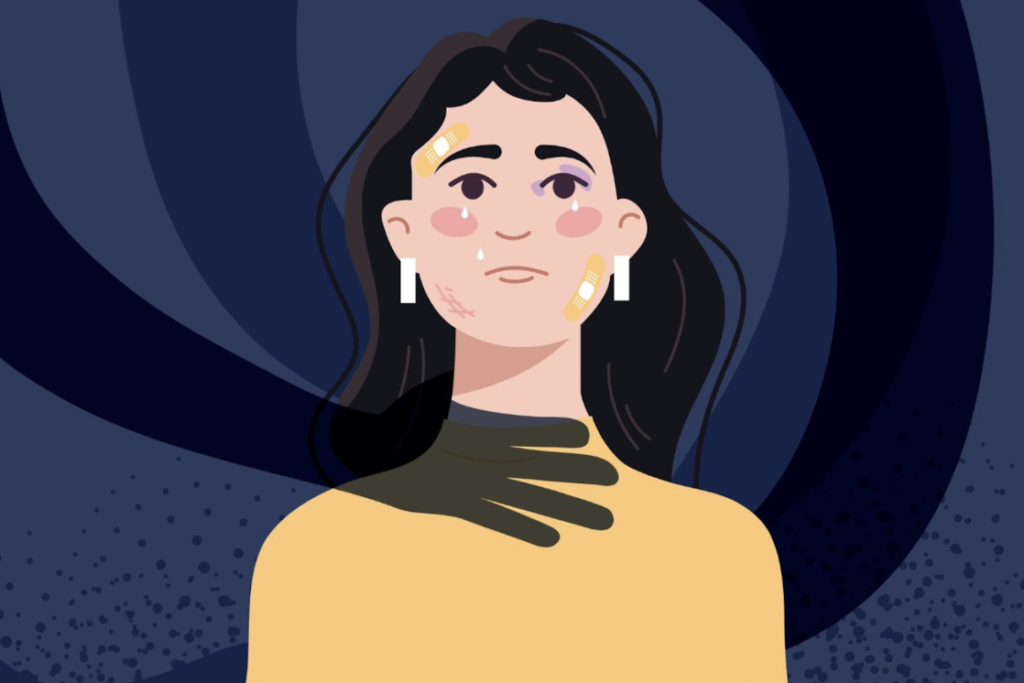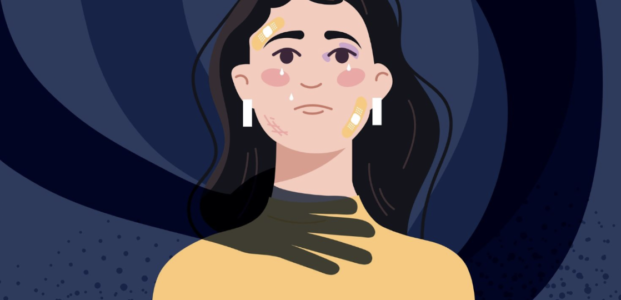TW: This blog post includes discussion of sexual violence which some readers might find distressing. If you need to reach out for help or support, contact 1800 RESPECT.
Australia, we need to talk.
Once again, harrowing data from Australia’s National Research Organisation for Women’s Safety (ANROWS) has revealed that more than half of Australian women in their 20s have experienced sexual violence.
Once again, women are the silent battlers and victims of society that has continuously let them down. The evidence brings to light the fact that sexual violence is still under-reported, with the real statistics of women and children who have been victims of domestic and sexual violence still blurry.

Image: Women’s Health
Sexual violence includes, but is not limited to, rape, physical force, unwanted touching, showing one’s genitals without permission and sexual exploitation. It is an umbrella term, centring around sexual actions done without consent, and results in feelings of disempowerment, loss of dignity and self-agency and exploitation.
Specifically, the ANROWS results found that 51% of women aged in their 20s and 34% of women in their 40s have experienced sexual violence during their lifetimes. Women who identified as part of the LGBTQIA+ community, most predominantly lesbian and bisexual women, were more likely to experience sexual violence in Australia.
Women in these age groups who also experienced violence as children were twice as likely to experience this violence again as adults. This shows a repetitive, circulatory pattern for some women, whereby they feel entrapped and victims of a patriarchal system with little hope of escape.
For these female victims and survivors, 30 – 45% were likely to experience higher levels of financial stress and poorer physical and mental health.
In 2017, the Australian Bureau of Statistics found that one out of five women have experienced sexual violence. In March 2022, the Australian National Safety Survey also found that 41.8% of female university students had experienced some form of sexual assault since beginning university.
You shouldn’t need me to tell you these results are disgraceful and deeply disturbing. In a first-world country like Australia, it reveals that women are still seen as predatory targets, disposable bodies and sexual objects by a too-high number of people. Sexual self-agency, whereby affirmative and verbal consent is required (legally required in some states like Victoria), is still neglected, deemed “unimportant” or even ignored.
It shows that women, especially young women, continuously face sexual dangers and put their mental and physical health at risk. Women are still the losers.

The results prove that rates of violence and abuse amongst women are higher than previously thought. The all-time-high statistics also indicate that younger women are increasingly more likely to identify and report their experiences of sexual violence, which has not always been the case in previous generations. We might attribute the growing statistics to women feeling more confident and empowered in understanding and speaking out about their experiences. Alternatively, it is also possible that these women may be more prone to sexual violence due to their younger age. In this vein, it must be reiterated that many women leave their experiences unreported because of their young age, as well as dangerous stigmas such as that they “asked for it” or provoked it.
No matter the cause of the ANROWS evidence, sexual violence clearly remains a silent epidemic in Australia. While the true number of sexual assault victims stays unknown, we can assume that it would be higher, especially when considering the traumatic nature of sexual violence.
So, Australia, we need to talk about these results and consider the ways we are still failing women. In order to remedy a world already full of gender-based inequalities, we need to ensure education on consent is consistent and elaborate, helping young people understand their rights as both sexual and non-sexual beings.
The world relies on the stories of women and creating a space for them to feel empowered, supported and respected. After all, a silent epidemic can only be improved through no longer being silent.

